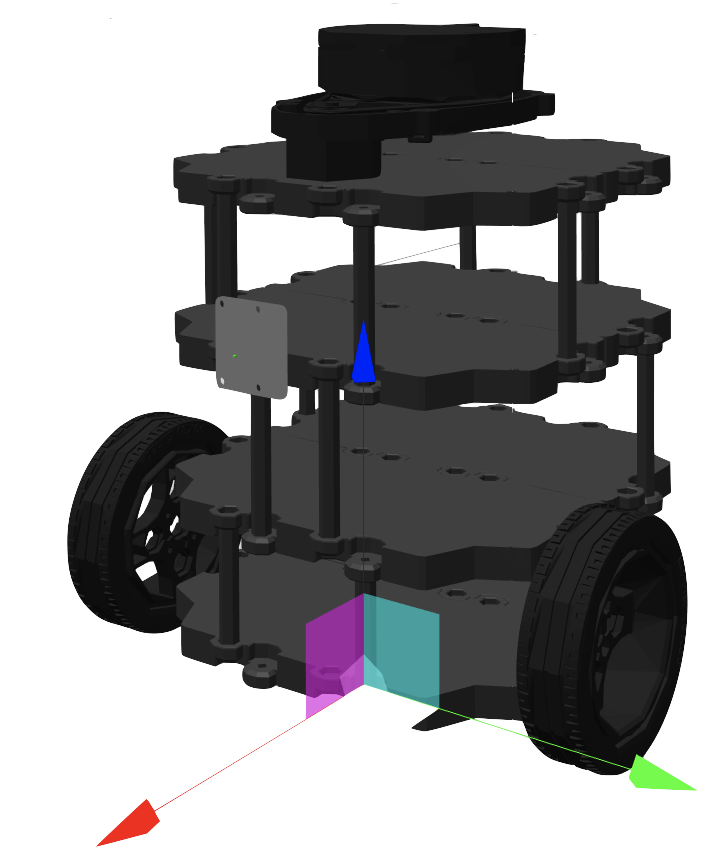Course
Path Planning Basics
Learn the theory behind the most used path planning algorithms.

Course Overview
Path planning is a key component required to solve the larger problem of “autonomous robot navigation”. In this course, you will learn about the most used path planning algorithms and you will deploy theory into practice by running coding exercises and simulations in ROS.
You will learn:
You will start the course by learning how to develop allegedly one of the most famous algorithms in Computer Science: Dijkstra’s shortest path algorithm.
We will continue by introducing Greedy Best-First Search, which evolves the fundamental principles set by Dijkastra to include a heuristic function which in some cases can speed up the search process significantly.
As your understanding progresses, you will expand your path planning skills evolving the properties of the algorithm to convert it into the implementation of A* (A -Star).
Then you will turn to learn a method that takes a completely different approach to path planning, namely RRT.
At the end of this course, you will be well aware of various different approaches that have been developed and applied to successfully solve the global path planning problem. Furthermore, you will be able to understand and explain the differences between them as well as the advantages and drawbacks of each other. Last but not least you will have gained solid practical experience by implementing these methods yourself.
Simulation Robots Used
TurtleBot 2
ROS
15 hours

Prerequisites
COURSE CREATOR
Roberto Zegers
He loves all things robotics and is constantly exploring technology advancements evolving and shaping up the future of business.
What exercises will you be doing
Dijkstra algorithm
Implement the Dijkstra algorithm from scratch using Python and deploy it to a simulated robot.
A* search algorithm
Implement the A* search algorithm from scratch using Python and deploy it to a simulated robot.
Rapidly-Exploring Random Tree (RRT)
Implement the RRT algorithm from scratch using Python and deploy it to a simulated robot.
Course Summary
Chapter 1: Introduction to Path Planning Basics
A brief introduction to the course contents. It includes a practical demo.
Chapter 2: Dijkstra Alhorithm
In this unit, you will get into Dijkstra’s super-famous path planning algorithm and apply it to the motion planning of a mobile robot.
Chapter 3: A* search algorithm
This unit focuses on the A* (pronounced “A-star”). A* is one of the most popular choices for pathfinding, because it is only a step up from Dijkstra’s, but can often find an optimal path much faster.
Chapter 4: Rapidly-Exploring Random Tree (RRT)
This unit covers the fundamentals of the Rapidly-Exploring Random Tree (RRT) algorithm applied to the robotic path planning problem.
Ready to have this ROS skill?
Start learning online quickly and easily
Top universities choose The Construct for Campus to teach ROS & Robotics.


![dijkstra_project [ROS Q&A] 168 - What are the differences between global and local costmap](https://www.theconstruct.ai/wp-content/uploads/2021/03/dijkstra_project.png)
![astar_project [ROS Q&A] 168 - What are the differences between global and local costmap](https://www.theconstruct.ai/wp-content/uploads/2021/03/astar_project.png)
![rrt_project [ROS Q&A] 168 - What are the differences between global and local costmap](https://www.theconstruct.ai/wp-content/uploads/2021/03/rrt_project.png)






